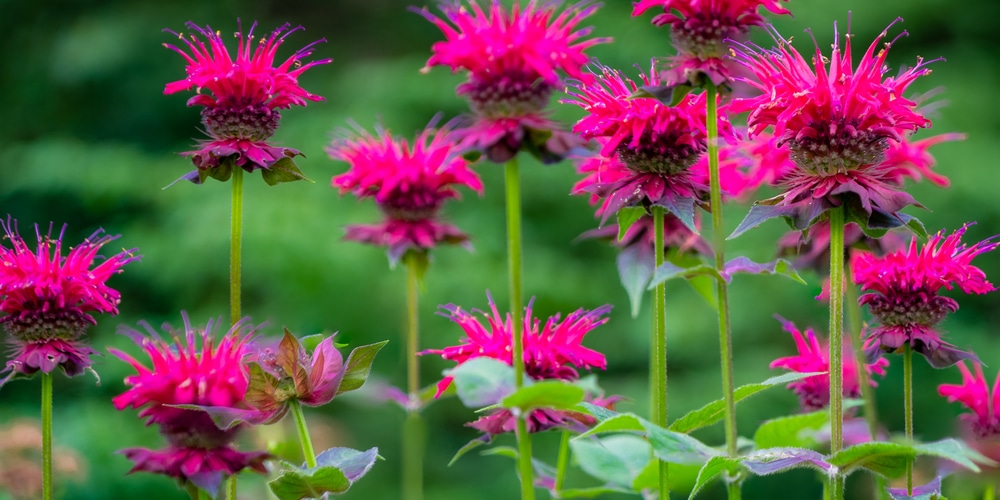When it comes to bee balm, there is a lot of confusion over whether or not it should be deadheaded. Some people say that you should regularly prune the plant to keep it neat, while others say that leaving the flowers on the plant will help attract more bees. So, what’s the truth? Should bee balm be deadheaded?
Are Pruning and Deadheading The Same?
Many gardeners use the terms “pruning” and “deadheading” interchangeably, but they are two different gardening tasks. Pruning is the process of trimming branches and stems to remove unwanted growth or to encourage new growth.
Deadheading, on the other hand, is the removal of dead or dying flowers. Pruning and deadheading can help improve the appearance of your plants and keep them healthy.
However, pruning can also be used to control the shape and size of your plants, while deadheading is primarily for aesthetic purposes. Therefore, it’s essential to know when to use each technique to get the best results for your garden.
Does Bee Balm Need To Be Deadheaded?
Bee balm (Monarda didyma) is a beautiful and fragrant wildflower native to North America. It blooms from early summer to fall, and its flowers attract bees, butterflies, and hummingbirds.
Bee balm is a member of the mint family, and like other mints, it can be quite aggressive. As a result, many gardeners choose to deadhead bee balm flowers to prevent the plant from spreading.
Deadheading is the process of removing spent flowers from the plant. This encourages the plant to produce new flowers and helps to keep it under control. This not only helps to keep the plant tidy but also prevents it from setting seeds.
By preventing seed production, you can help to keep the plant from spreading too rapidly. Deadheading also encourages the plant to produce more flowers, extending the blooming season. Of course, deadheading is a bit of a hassle, and it’s not necessary to do it every week. However, deadheading is an effective way to do it if you’re trying to keep your bee balm under control.
When To Deadhead?
The Bee Balm flower is a lovely and fragrant blossom that blooms in the summer. To produce several clusters of flowers, deadhead the plant throughout its entire bloom.
Tools That You Will Need
To deadhead your bee balm, you will need a sharp pair of garden shears. You will also need gloves to protect your hands from the plant’s prickly leaves.
How To Deadhead Bee Balm
Start with clean shears. You can guarantee that your plants remain healthy and robust by preventing the growth of fungus, insects, and diseases.
Cutting off the flowers as soon as they droop and die not only keeps your garden looking fresh, but it also helps to control weeds.
Remove the bloom stem just a quarter-inch from a leaf or bud at the top of the plant. It’s also crucial to clean up your garden on a regular basis. Remove the petals and compost or trash them with a rake.
Finally, check for drooping clusters every week and remove old flowers to prevent seed production from depleting the plant’s vitality.
It’s time to deadhead your bee balm when you only have a few blooms to attend to in the spring. Deadheading the plant every several days will make the work easier. If you wait until after bloom (July/August), it may be difficult to deadhead
Cutting Back Bee Balm
After a bee balm’s initial major flush of flowers, it’s important to cut back the plant to remove any remaining flower clusters and rejuvenate the foliage. Up to one-third of the plant can be removed from the top, including old flowers and foliage.
Bee balms usually respond well to this treatment, with a fresh growth of new leaves and production of flower buds. However, these second flowers are not usually as lush as the first. If a bee balm is cut back by half its height in mid-spring before it begins to flower, it may delay flowering by a few weeks but produce fuller foliage and more flower buds.
Conclusion
You can encourage new growth and prolong the blooming season by deadheading and cutting back the plant. With a little effort, you can enjoy beautiful bee balm blossoms all summer long.

